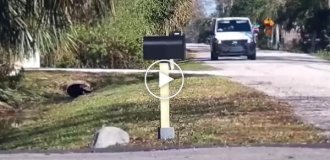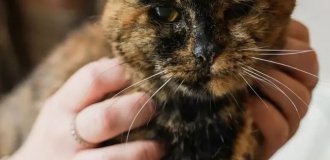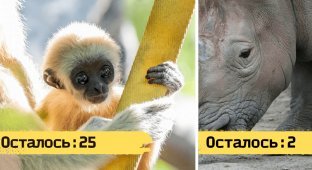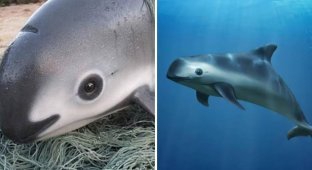We save the tiger, but the bird will die. How does animal protection actually work? (9 photos)
In recent centuries, animals have been dying out in abnormal numbers. Species diversity is declining so quickly and severely that some scientists are talking about the beginning of a sixth mass extinction. And it's all due to man's fault! 
But people are trying to correct their mistakes: we are creating nature reserves, parks and programs to protect endangered animal species. Polar bears, Amur tigers, Far Eastern leopards - you've probably heard that these species are very vulnerable. But have you ever heard of gazelle? About multitubercular fat? Or the steppe pygalitsa? I bet not. For every species we protect, there are a couple dozen animals whose extinction no one will notice. Why is this happening? 
More than 25% of amphibian species on the planet are at risk of extinction. How many of them do you know?
There are several reasons for this, but the main one is banal to the point of bitterness. The more noticeable an animal is, the greater its chances of salvation. Let's take, for example, the Amur tiger. This is a huge, graceful and dangerous beast that has frightened people since its first meeting in ancient times. You can’t help but admire him, you pay attention to him, even if the big cat flashes for a second on a TV show. So the tiger receives a lot of attention from animal rights activists. 
We, the entire editors of the Book of Animals, are glad that the Amur tigers are now doing well. But still this is joy mixed with sadness - how many other species of animals will not receive timely help?
But some Red Book grasshopper is simply rustling about its business in the grass. He never bothered or helped people, he didn’t even get in the way. Most people would be mildly curious at best when they see him. That’s why no one will remember it when the insect finally disappears. 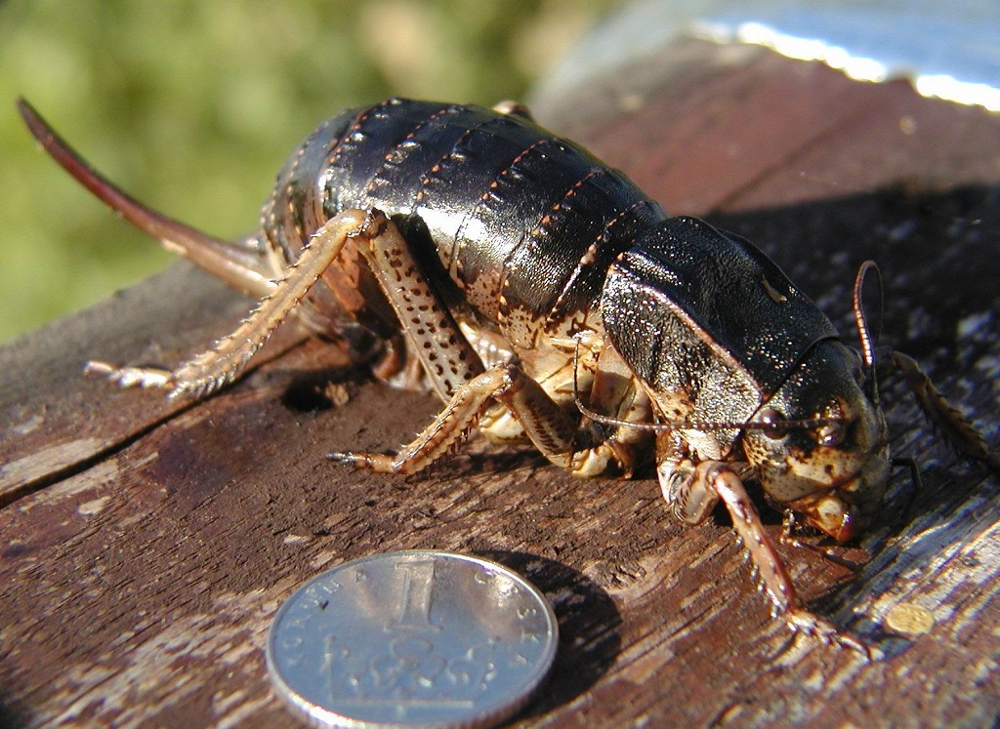
The above story about the grasshopper is the story about the multitubercle fatty. This species of very large grasshoppers disappeared from radar in 1959 and was considered extinct until 2008. At that time, the animal was not found for one simple reason: they were not looking for it.
A creature is slightly less likely to draw a lucky ticket if it is unique. For example, the Russian muskrat is the only representative of an already scant group of very atypical and funny organisms. Of course, they will try to save them. 
When a friend and I drew a lucky ticket. 
However, sometimes insects are lucky too. A special laboratory was built to breed the relic woodcutter. But look at its dimensions, and you will understand that it simply attracted a lot of attention.
Last on the list (but not least) is that rescuing animals is incredibly time-consuming and expensive. First you need to assemble a team of specialists, equip them and send them to find out the size of the animals’ range. Scientists then need to determine the species' limiting factors. This is the name given to the environmental features that have the strongest negative impact on the population. They can be very different: from the abundance of predators and plowing of land, to excess metal in egg shells or parasites introduced from outside. It may take years to figure out the real problems. 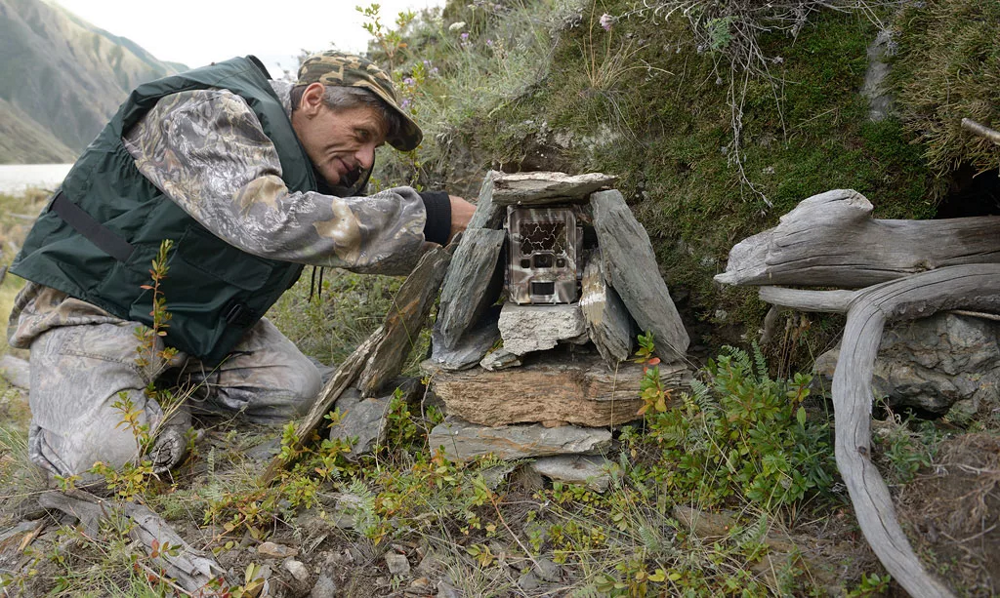
Very often, research into an animal’s habitat looks like this: set up a camera trap, take pictures, move the camera trap. And so on for months on end.
Based on this data, people need to draw up a rescue plan, hire personnel and purchase the necessary equipment. Such sums are spent on this work that neither the state, nor even the individual funds are simply able to save everyone. They have to focus on individual species. So they choose those animals that are cheaper to save and easier to tell about. 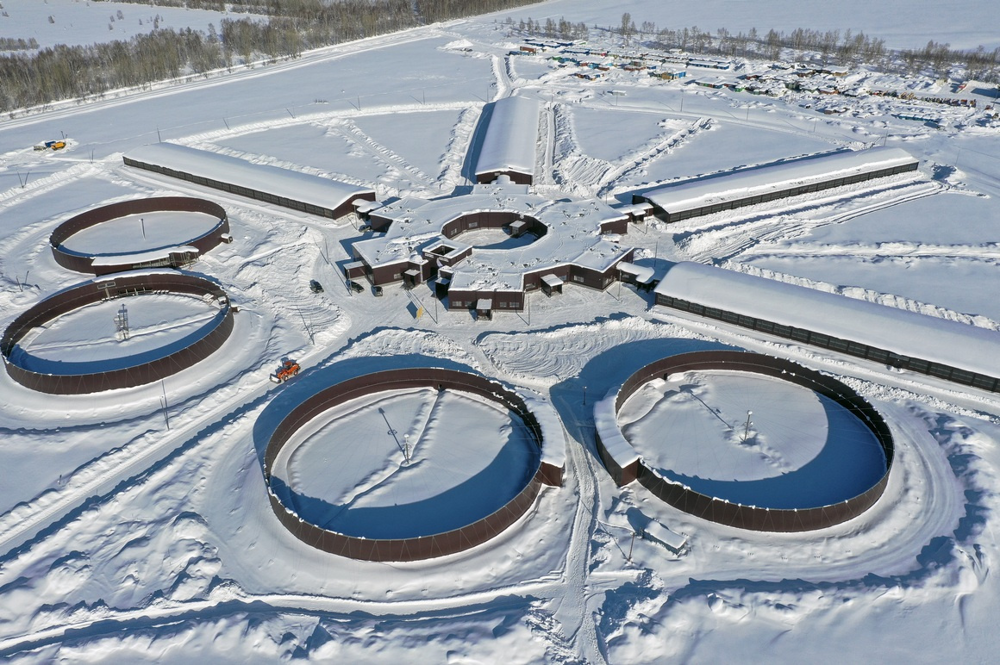
This is a falcon center in Kamchatka. One of its tasks is the reproduction of the falcon population here and in nearby regions. Just imagine how much such a complex complex costs. But its maximum productivity is 400 birds per year, some of which will go to private collections.
And yet there are people who are ready to engagelong and difficult work with virtually no funding. One of these groups of adventurers created the “Steppe Pigalitsa - Last Chance” project. 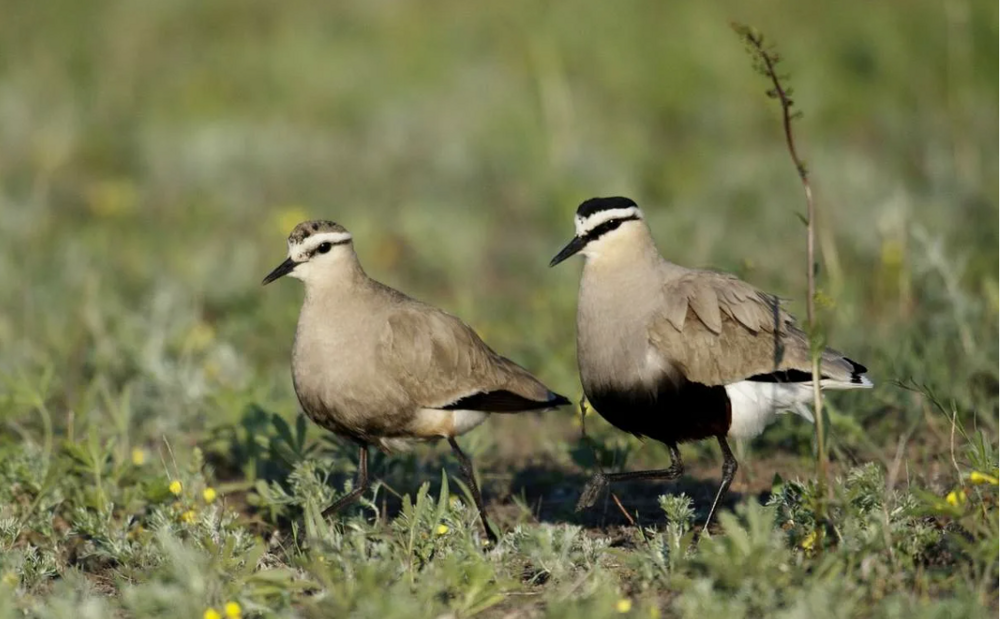
A male and a female go to save the demographic situation of their species.
His task is to save the lappid sandpiper, a small bird that plays a big role in the life of the steppes. These pigtails feed on insects, so by their mere existence they protect the steppes from outbreaks of insect pests such as locusts and steppe crickets. Yes, they are not as magnificent as tigers and not as cute as pandas. But this does not make their role in nature any less significant!






